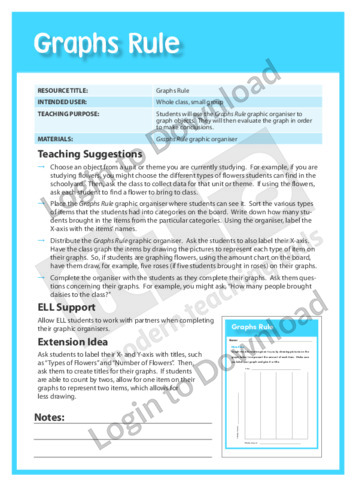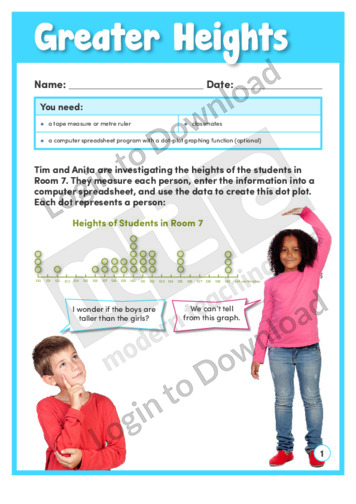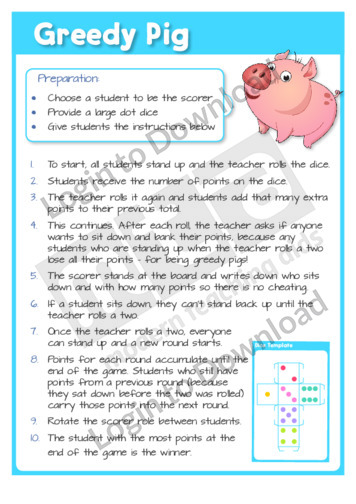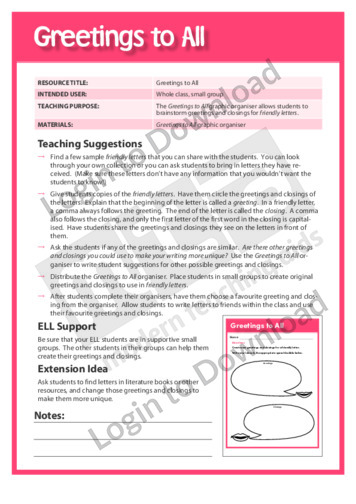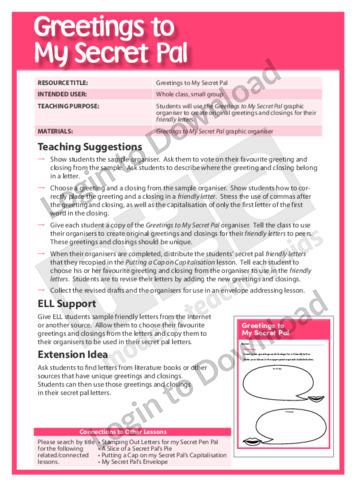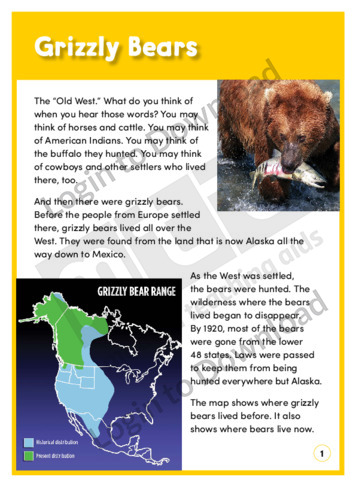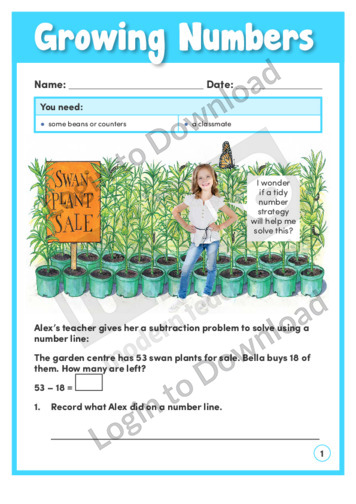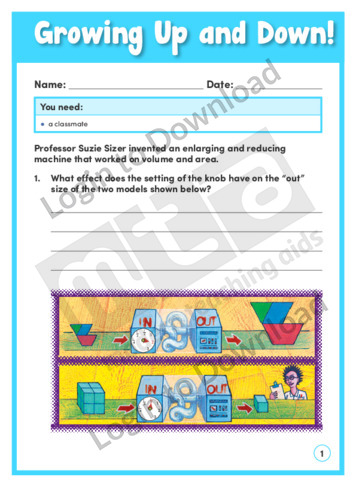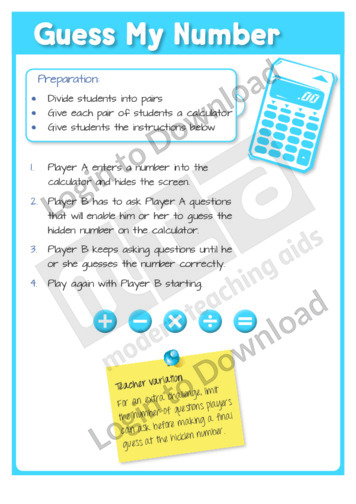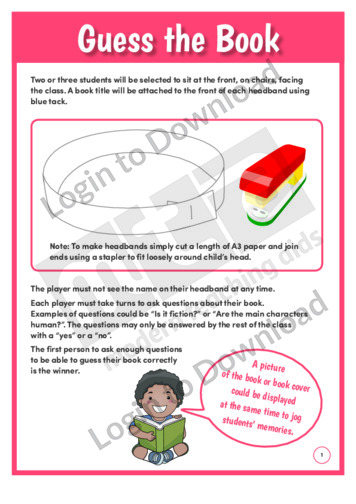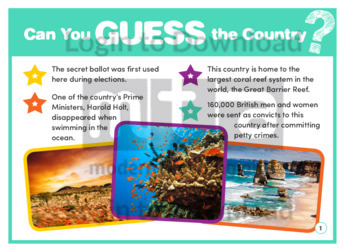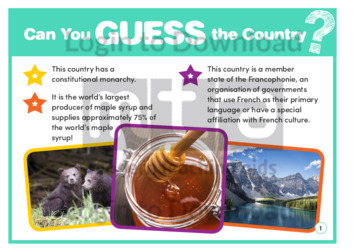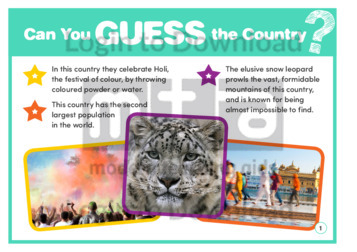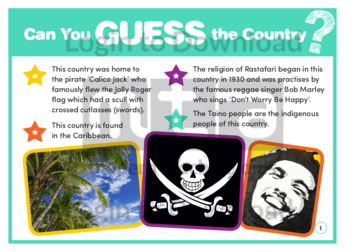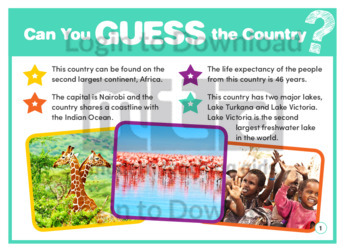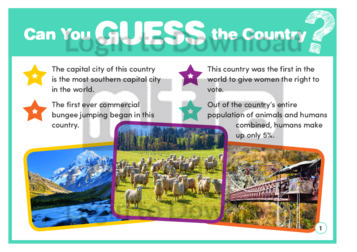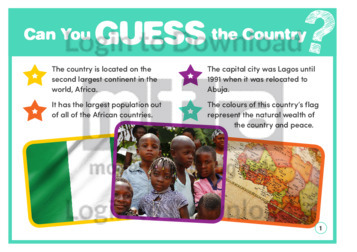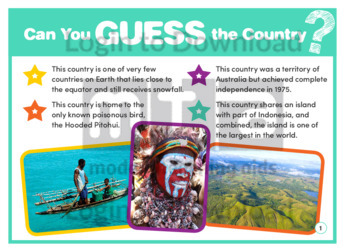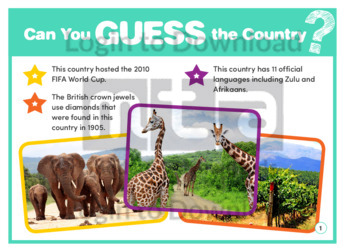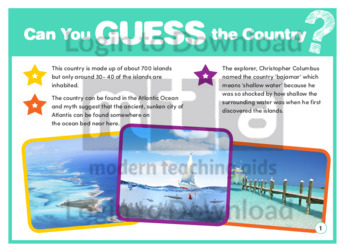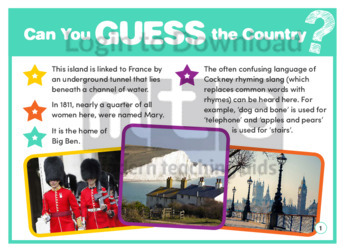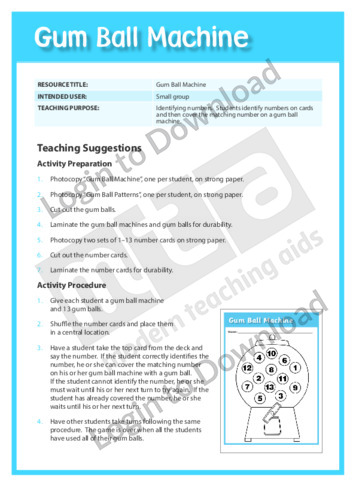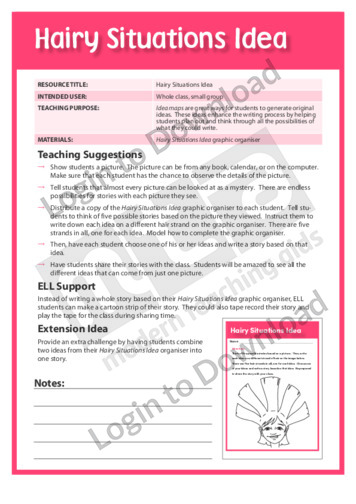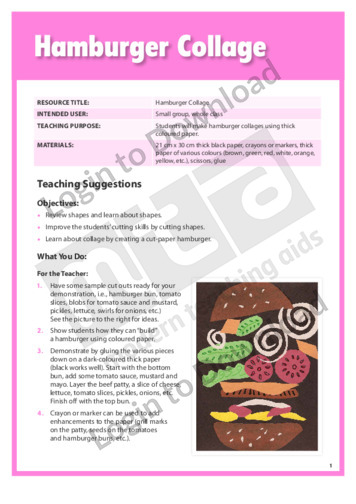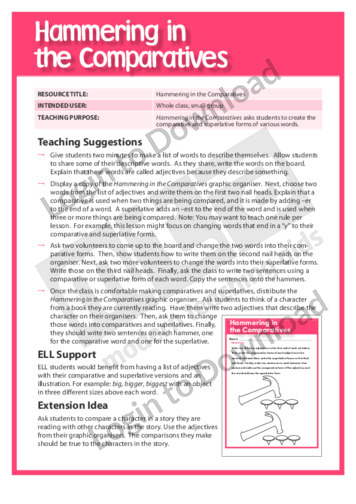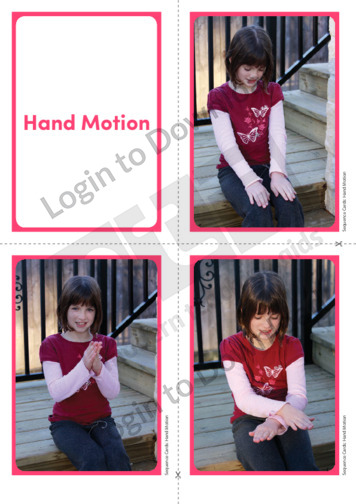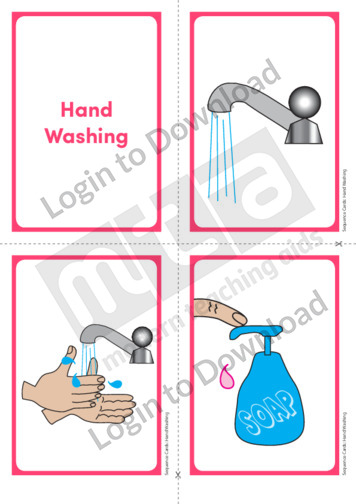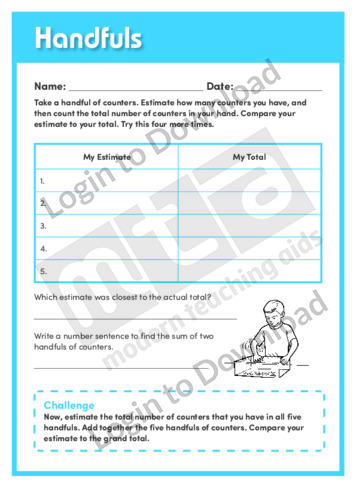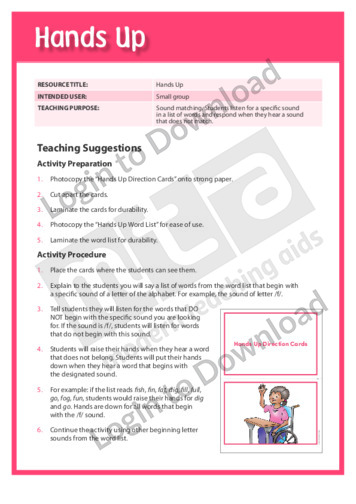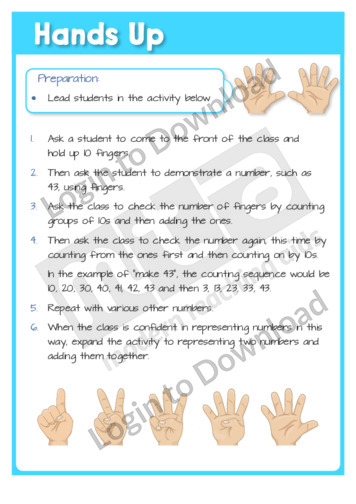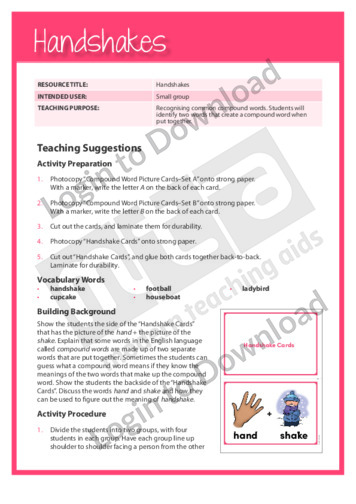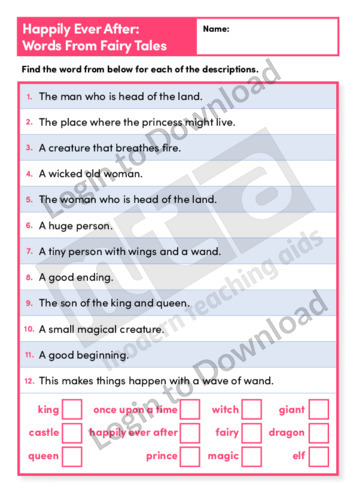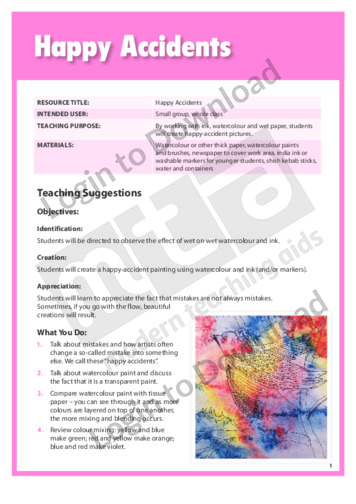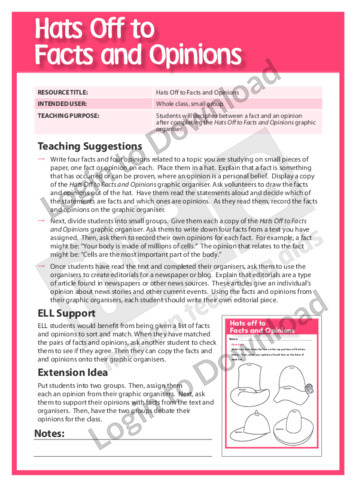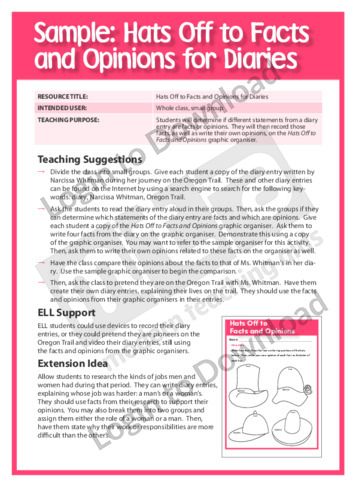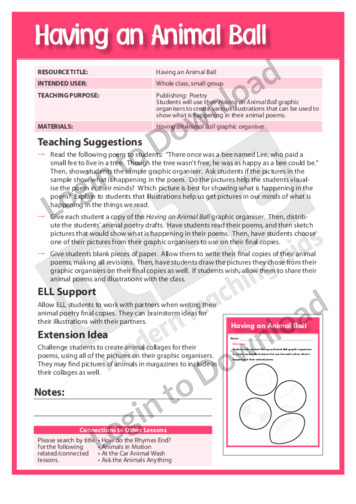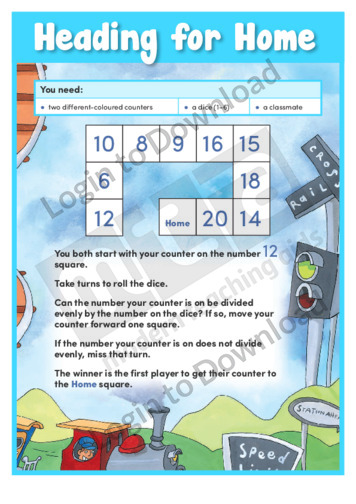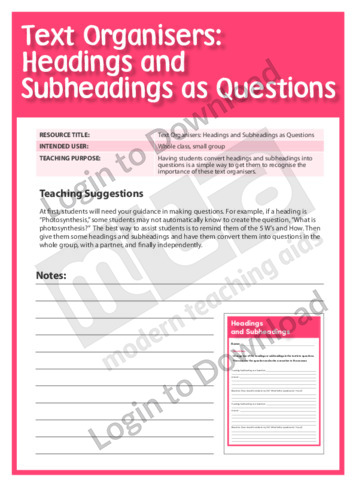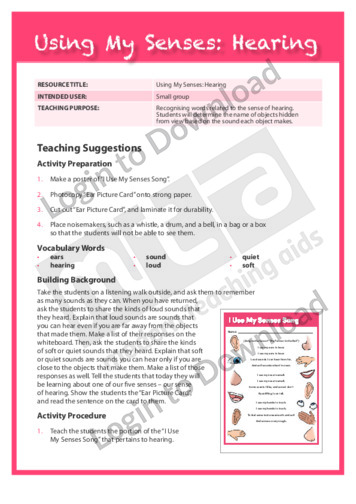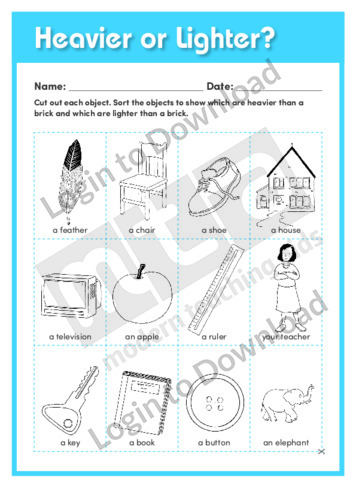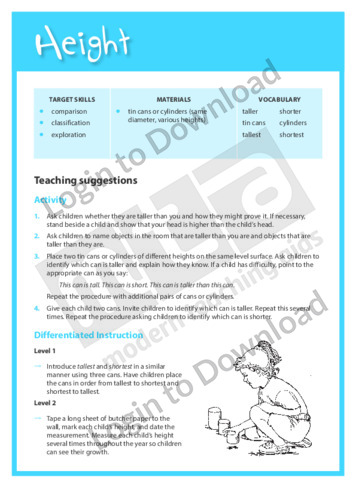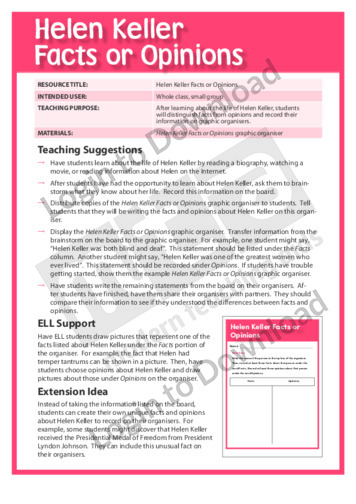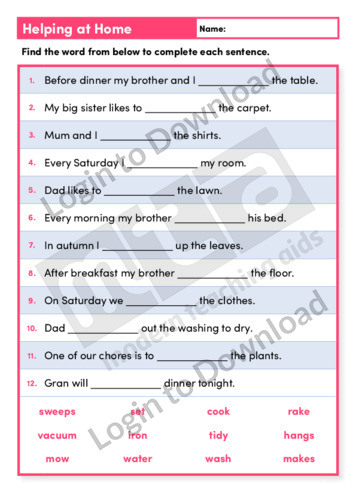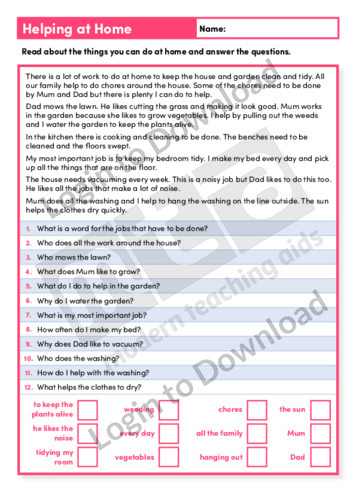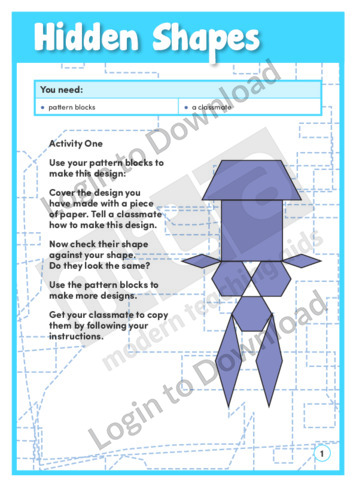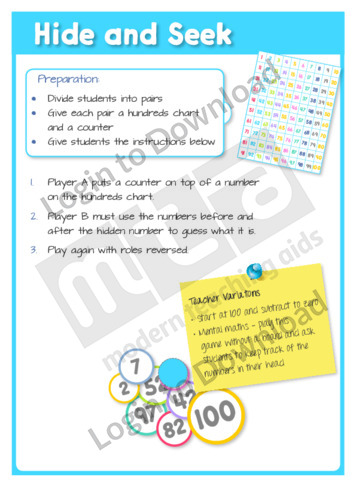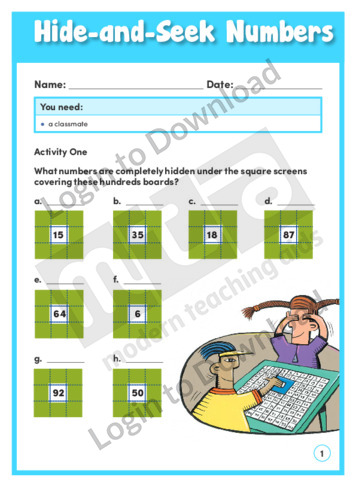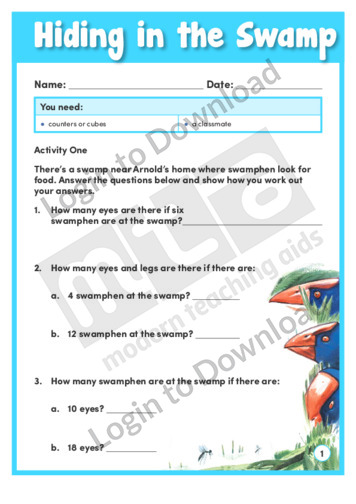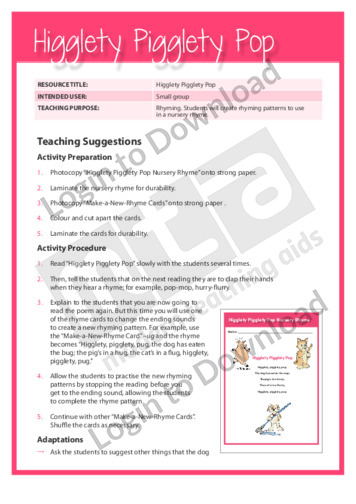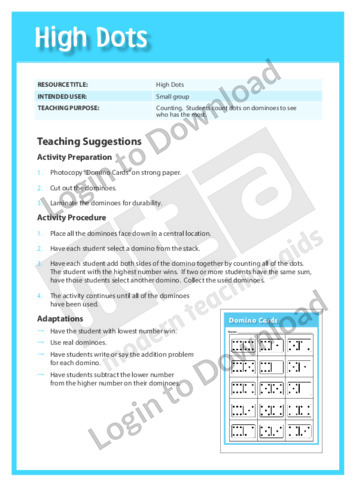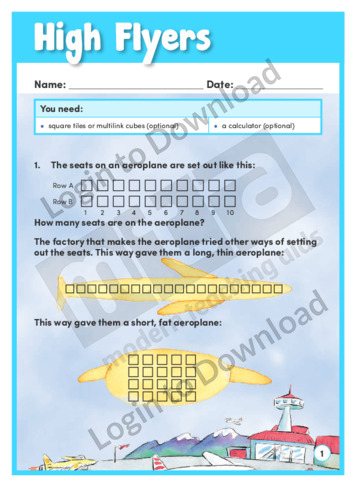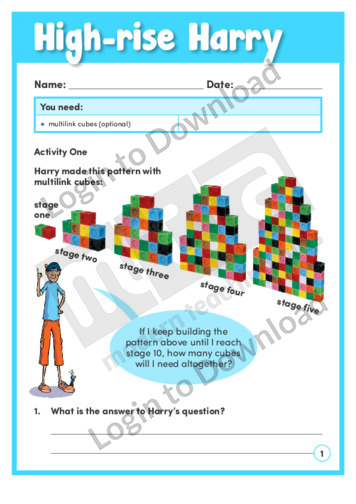This learning activity ‘Graphing Our Names’ uses simple graphing concepts to record and analyse the lengths of students’ first and last names. This resource features record cards, formatted as 4 per page, to be cut out, distributed to students and filled in with the number of letters in their first and last name. The whole …More
This graphic organiser, ‘Graphs Rule’ helps students to graph objects and then evaluate the graph to make conclusions.
This learning activity, ‘Greater Heights’, shows various dot plots of the heights of boys and girls in the same class and demonstrates that important details can be lost if data is summarised too much. Students analyse the height data of their own class. An answer sheet is provided and includes teaching notes with suggestions for …More
This maths activity, ‘Greedy Pig’ develops basic maths skills by encouraging students to practise addition as part of a game of chance and strategy, played as a class. It includes a large six-sided dot dice template.
This graphic organiser, ‘Greetings to All’ supports students in developing their writing skills by brainstorming greetings and closings for friendly letter writing.
This graphic organiser, ‘Greetings to My Secret Pal’ supports students in developing their writing skills by brainstorming greetings and closings for their secret pal letters.
This content area reading activity, ‘Grizzly Bears’ is a history based reading comprehension exercise encouraging students to practise interpreting maps and other visuals to gain information.
This content area reading learning activity, ‘Group Observations,’ has students working together to make observations about the text. It has students record their observations on a worksheet and then rate them in importance.
In the learning activity ‘Growing Numbers’, students use and compare strategies as they solve word problems that involve addition and subtraction. They are encouraged to compare and share the strategies they use with a classmate as they develop an understanding of the relative benefits of different strategies. An answer sheet is provided and includes accompanying …More
In the learning activity ‘Growing Up and Down!’ students have to work out what happens when a new machine increases or decreases them some geometric shapes. They use isometric paper to draw the changed shapes, and explain the changes. An answer sheet is provided and includes teaching notes with suggestions for supporting learning and further …More
This maths activity, ‘Guess My Number’ develops basic maths skills by encouraging students to ask questions until they guess each other’s number. This game is played in pairs with a calculator.
This collection of ‘Guess Who’ cards are an interesting and fun way to incorporate learning about the countries of the Commonwealth. Each resource in the series includes a set of clues and photographs to help students guess the country. These clues are a combination of facts and interesting trivia that will broaden students’ knowledge and …More
This collection of ‘Guess Who’ cards are an interesting and fun way to incorporate learning about the countries of the Commonwealth. Each resource in the series includes a set of clues and photographs to help students guess the country. These clues are a combination of facts and interesting trivia that will broaden students’ knowledge and …More
This collection of ‘Guess Who’ cards are an interesting and fun way to incorporate learning about the countries of the Commonwealth. Each resource in the series includes a set of clues and photographs to help students guess the country. These clues are a combination of facts and interesting trivia that will broaden students’ knowledge and …More
This collection of ‘Guess Who’ cards are an interesting and fun way to incorporate learning about the countries of the Commonwealth. Each resource in the series includes a set of clues and photographs to help students guess the country. These clues are a combination of facts and interesting trivia that will broaden students’ knowledge and …More
This collection of ‘Guess Who’ cards are an interesting and fun way to incorporate learning about the countries of the Commonwealth. Each resource in the series includes a set of clues and photographs to help students guess the country. These clues are a combination of facts and interesting trivia that will broaden students’ knowledge and …More
This collection of ‘Guess Who’ cards are an interesting and fun way to incorporate learning about the countries of the Commonwealth. Each resource in the series includes a set of clues and photographs to help students guess the country. These clues are a combination of facts and interesting trivia that will broaden students’ knowledge and …More
This collection of ‘Guess Who’ cards are an interesting and fun way to incorporate learning about the countries of the Commonwealth. Each resource in the series includes a set of clues and photographs to help students guess the country. These clues are a combination of facts and interesting trivia that will broaden students’ knowledge and …More
This collection of ‘Guess Who’ cards are an interesting and fun way to incorporate learning about the countries of the Commonwealth. Each resource in the series includes a set of clues and photographs to help students guess the country. These clues are a combination of facts and interesting trivia that will broaden students’ knowledge and …More
This collection of ‘Guess Who’ cards are an interesting and fun way to incorporate learning about the countries of the Commonwealth. Each resource in the series includes a set of clues and photographs to help students guess the country. These clues are a combination of facts and interesting trivia that will broaden students’ knowledge and …More
This collection of ‘Guess Who’ cards are an interesting and fun way to incorporate learning about the countries of the Commonwealth. Each resource in the series includes a set of clues and photographs to help students guess the country. These clues are a combination of facts and interesting trivia that will broaden students’ knowledge and …More
This collection of ‘Guess Who’ cards are an interesting and fun way to incorporate learning about the countries of the Commonwealth. Each resource in the series includes a set of clues and photographs to help students guess the country. These clues are a combination of facts and interesting trivia that will broaden students’ knowledge and …More
This collection of ‘Guess Who’ cards are an interesting and fun way to incorporate learning about the countries of the Commonwealth. Each resource in the series includes a set of clues and photographs to help students guess the country. These clues are a combination of facts and interesting trivia that will broaden students’ knowledge and …More
This maths activity, ‘Gum Ball Machine’ develops basic maths skills by encouraging students to match the numbers on the cards to the numbers on a gum ball machine. It is aimed at developing students’ knowledge of numbers. It provides a gum ball machine template, number words and number cards.
This art project ‘Hamburger Collage’ enables students to create a collage hamburger from coloured paper. It is aimed at developing students’ awareness of basic artistic procedures. It provides a list of materials, easy-to-follow step-by-step art instructions and a list of recommended art books.
This graphic organiser, ‘Hammering in the Comparatives’ asks students to create the comparative and superlative forms of various words.
This graphic organiser, ‘Hammering in the Comparatives for Art’ asks students to change adjectives used to describe artwork into their comparative and superlative forms.
This sequencing activity, ‘Hand Motion?’ develops comprehension through sequencing images about a hand motion.
This addition learning activity, ‘Handfuls’ asks students to practise with estimation and addition problems.
This phonemic awareness activity, ‘Hands Up’ supports language development by encouraging students to identify words that do not have the same designated sound. It is aimed at developing students’ awareness of sound matching. It provides direction picture cards and word lists.
This maths activity, ‘Hands Up’ develops basic maths skills by encouraging students to practise using two-digit numbers and counting in 10s and ones as part of a game played as a class.
This vocabulary development activity, ‘Handshakes’ supports vocabulary development by encouraging students to identify two words that create a compound word when put together. It is aimed at helping students recognise common compound words. It provides compound word picture cards and a book page template.
This vocabulary activity, ‘Happily Ever After: Words from Fairy Tales’ supports vocabulary development by encouraging students to match words and phrases to their descriptions.
This art project ‘Happy Accidents’ enables students to create fun paintings using paints and wet paper. It is aimed at developing students’ awareness of basic artistic procedures. It provides a list of materials, easy-to-follow step-by-step art instructions and a list of recommended art books.
On this learning activity, ‘Happy Hundreds’ students look for missing tiles from a hundreds board to identify and explain a pattern. Using tiles from the board, they find missing pieces in a puzzle. This learning activity also has activities for using a calculator to make more hundreds patterns. An answer sheet is provided and includes …More
This graphic organiser, ‘Hats Off to Facts and Opinions’ asks students to distinguish between a fact and an opinion when reading a chosen text.
This graphic organiser, ‘Hats Off to Facts and Opinions for Diaries’ asks students to determine if different statements from a diary entry are facts or opinions.
This graphic organiser, ‘Having a Ball’ provides students the opportunity to edit and publish their written work.
This graphic organiser, ‘Having an Animal Ball’ provides students the opportunity to edit and publish their animal poems.
This learning activity, ‘Heading for Home’, provides a board and instructions for a game for two players. The game helps students to practise simple division. The accompanying teaching notes include suggestions for supporting learning and further exploration.
This content area reading learning activity, ‘Headings and Subheadings as Questions,’ helps students recognise the importance of headings and subheadings. It has students convert a list of headings and subheadings into questions in the whole group, with a partner and finally independently.
This vocabulary development activity, ‘Using My Senses: Hearing’ supports vocabulary development by encouraging students to determine the name of objects hidden from view based on the sound each object makes. It is aimed at helping students recognise language related to the sense of hearing. It provides a senses song chart and an ear picture card.
This units of measurement learning activity, ‘Heavier or Lighter?’ asks students to practise estimating and ordering the weight of different objects.
This Beginning Maths activity, ‘Height’ encourages students to identify, compare and arrange objects by height from shortest to tallest.
This graphic organiser, ‘Helen Keller Facts or Opinions’ helps students distinguish facts from opinions after reading about Helen Keller.
This vocabulary activity, ‘Helping at Home’ supports vocabulary development by encouraging students to select the correct words to complete sentences.
This reading activity, ‘Helping at Home’ provides opportunities for practice with reading about the things you can do at home and answering the questions.
In this learning activity, ‘Helping Hands’, students work with a partner and use their hands to explore doubles and halves. A secure knowledge of doubles will prepare students for learning the multiplication basic facts. An answer sheet is provided and includes teaching notes with suggestions for supporting learning and further exploration.
This Readers Theatre activity, ‘Helping Monkeys’ encourages students to summarise and paraphrase information in texts. It also builds reading fluency. This activity includes a script for 5 readers.
This learning activity, ‘Hidden Shapes’, develops visual memory and the use of geometric language. Students provide each other with instructions for making a shape with pattern blocks and for finding a hidden pattern block in the classroom. The accompanying teaching notes offer suggestions for supporting learning and further exploration.
This maths activity, ‘Hide and Seek’ develops basic maths skills by encouraging students to practise place value as part of a game played in pairs. It includes a hundreds chart and counters to be distributed to each pair.
In the learning activity, ‘Hide-and-Seek Numbers’, students are challenged to order any set of three or more whole numbers (up to 99). An answer sheet is provided and includes accompanying teaching notes with suggestions for supporting learning and further exploration.
In this learning activity, ‘Hiding in the Swamp’, problems concerning swamphen involve finding the total of groups of the same number of objects and sharing objects evenly. Students can use their knowledge of addition and multiplication to solve related division problems. An answer sheet is provided and includes teaching notes with suggestions for supporting learning …More
This phonemic awareness activity, ‘Higglety Pigglety Pop’ supports language development by encouraging students to create rhyming patterns to use in a nursery rhyme. It is aimed at developing students’ awareness of rhyming. It provides a nursery rhyme chart and make-a-new-rhyme cards.
This maths activity, ‘High Dots’ develops basic maths skills by encouraging students to count the dots on dominoes for the highest. It is aimed at developing students’ knowledge of numbers. It provides domino cards.
Students who have flown will be interested in this learning activity ‘High Flyers’ in which they look at different seating plans for planes. Seating plans change according to the shape of the plane, and students must calculate ways to arrange rows for the seats. An answer sheet is provided and includes accompanying teaching notes with …More
Most students have made buildings from cubes or blocks. The learning activity, ‘High-rise Harry’ shows how Harry built up an intricate pattern of cubes, stage by stage. Students are challenged to identify the general rule Harry used so they can predict the successive stages of his pattern. An answer sheet is provided and includes accompanying …More
It�s that easy!


